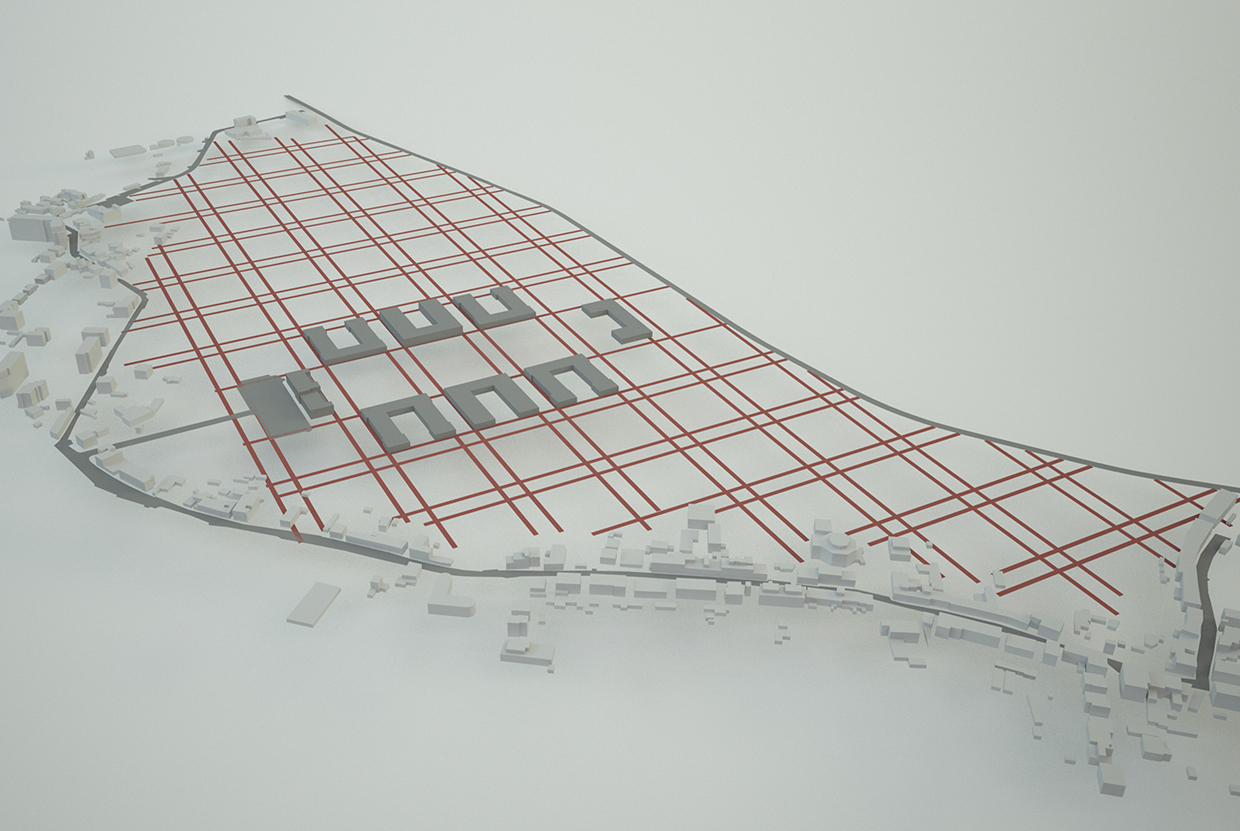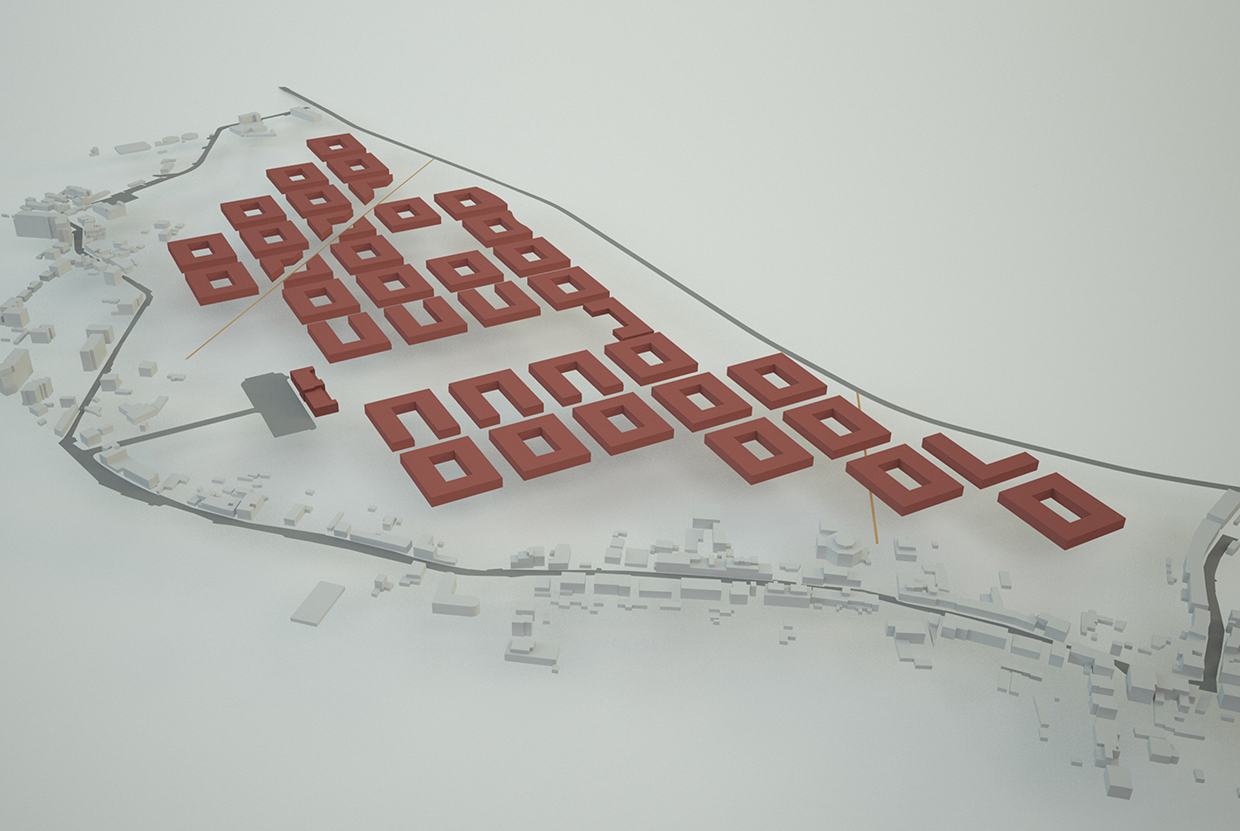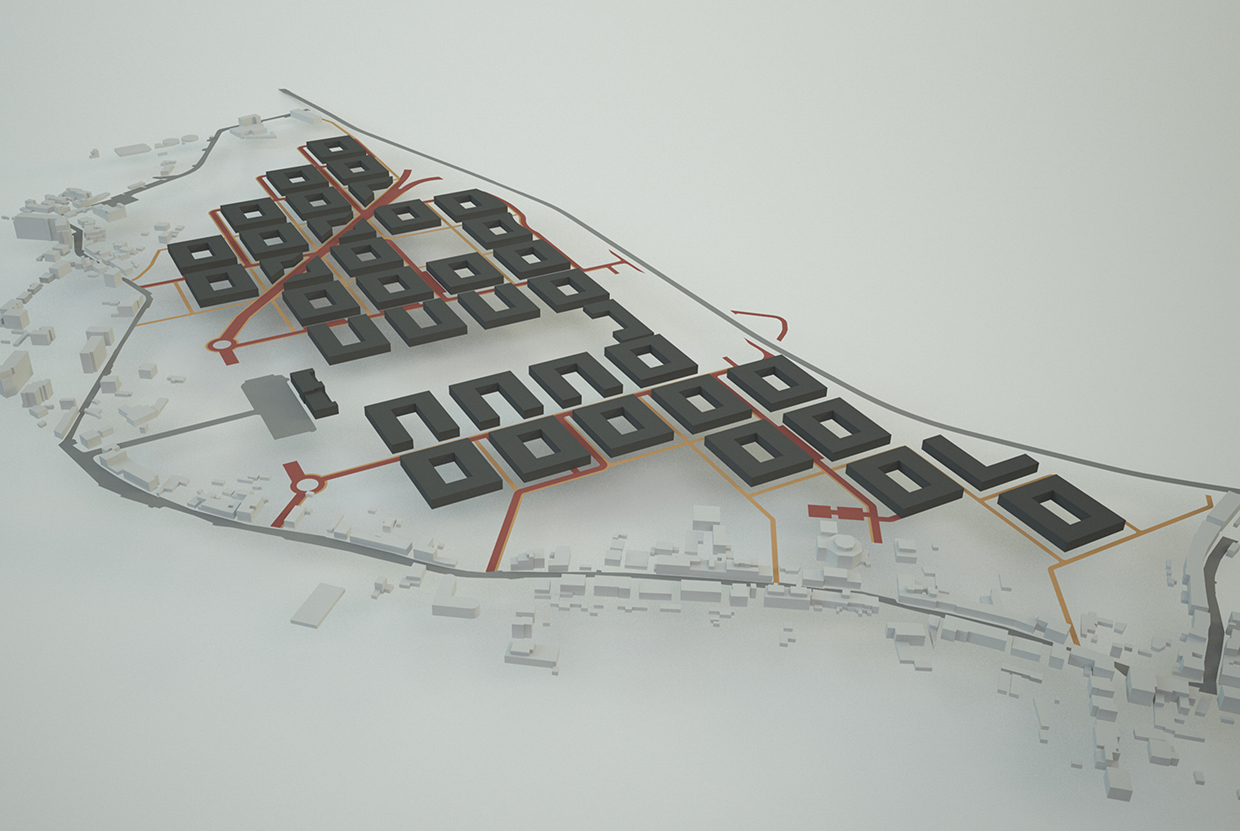Concept






The Lupi di Toscana barracks, abandoned for many years and in an advanced state of decay, is located in the south-west quadrant of the Municipality of Florence. The municipal administration has embarked on a path of participation, "Non case ma città 2.0", which has seen the involvement of many citizens, all of whom agree on the need for recovery and redevelopment of the area that at the moment, due to the presence of the barracks, plays a marginal role.
The approach used to deal with the theme of the city deviates sharply from those that are recurring themes in a region like Tuscany, where history gives us a heritage with specific rules and relationships and a historicity of materials and construction techniques established over time.
The audacity of the intervention leads us to theorize and imagine a progressive and self-producing city where the motivations that guide us towards a bold idea are much closer to the history of other places with their problems and contradictions. In the city of the future, however, we face the great energy, climate and resource scarcity questions, which direct us towards more extreme, decontextualized solutions that offer new perspectives in form and function.






The cut in architecture is presented in various forms and identities, in the design definition of the city of the future it acquires a dominant role together with the curve, in the project it appears as an invitation that invites you to take a step and detach you from the perfect orthogonal spatial organization.
The crack then extends towards the ground, becoming a project for a square or a public space, a park ... continuing to transport you and direct you to remote and hidden areas. The cut is also a way to establish a dialogue between spaces, as happens in the most ancient historic villages, where the open cracks between the buildings give us a sense of loss and amazement.








In a good building the silence always plays a leading role, in addition to defining some building typologies at a functional level, it is an absolute indicator of the lack of noise; the contemporary shows us infinity of examples where the forced urbanization has as a consequence the creation of chaotic metropolises where to remedy the errors, which still today are committed, we try to recreate narrow spaces aimed at detaching from too much "frenzy".
The court in architecture is the symbol of peace, of calm, are four roofless walls that close in on themselves forming a "box" where social activities take place, protected and contextualized.
